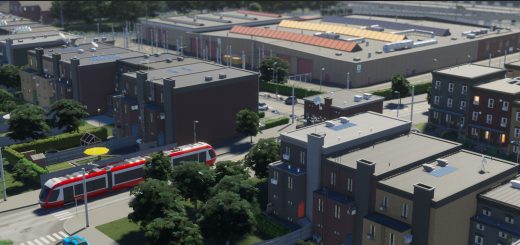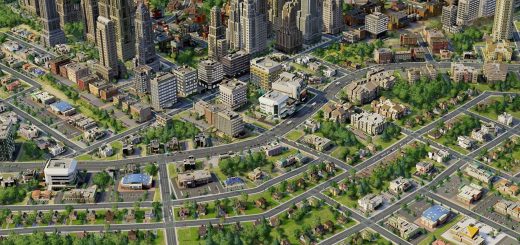
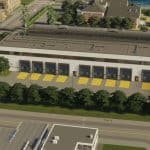

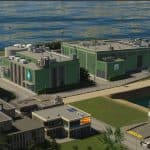
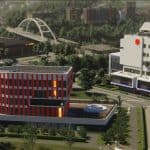
Cities Skylines 2: Electricity, Water, Healthcare
Roads are the lifeline of a city, offering construction areas alongside them and acting as pathways for inhabitants. They also lay the groundwork for water and electricity distribution since water pipelines and electrical cables are pre-installed beneath them. However, as vehicles ply on these roads, their quality deteriorates, leading to reduced speeds and an increased risk of accidents. To ensure road safety and maintain optimal conditions, a Road Maintenance Depot is essential. This depot dispatches a team of Road Maintenance Vehicles that traverse the city, repairing deteriorated surfaces.

ELECTRICITY
Electricity is fundamental to a city’s operation. Most structures depend on power, and residents will not tolerate extended power outages before considering relocation. When businesses lose access to electricity, their operational efficiency plummets, halting production and rendering them nonfunctional. If this continues, they risk shutting down due to an inability to profit and meet expenses.
In “Cities: Skylines II,” players can choose from a variety of power plants. On the eco-friendly side, albeit pricier, there are Wind Turbines, Solar Power Plants, Geothermal Power Plants, and Hydro-electric Power Plants. Conversely, Coal Power Plants and Gas Power Plants represent the potent yet polluting capabilities of fossil fuels. The Nuclear Power Plant, while costly, showcases the immense potential of atomic energy, capable of powering virtually any city size!

WATER & SEWAGE
Water and sewage systems are essential for meeting the basic needs of your citizens and encompass a mix of traditional and innovative solutions. A scarcity of fresh water can cause residents to grow discontent and hampers businesses, reducing their efficiency. Additionally, municipal services also become less effective without a steady water supply.
In “Cities: Skylines,” players can source surface water directly from open water bodies, though its quality can be compromised by pollution, mainly from sewage discharge. However, the approach to groundwater in “Cities: Skylines II” has evolved. Rather than simply placing water towers anywhere, as was done in the earlier game, the sequel introduces specific groundwater deposits brimming with freshwater. These sources, while rich, replenish at a restricted rate and are vulnerable to contamination from ground pollution. Hence, strategizing water resource management is essential.
Sewage management remains pivotal. In “Cities: Skylines II,” sewage can either be expelled directly into open waters via a Sewage Outlet or processed at a Wastewater Treatment Plant. The latter purifies the sewage and reintroduces it into the freshwater network. Pollutants separated from this treated water form solid waste, which must be transported to the city’s waste disposal facilities.

HEALTHCARE & DEATHCARE
In essence, Healthcare and Deathcare services in the game operate in a straightforward manner, mirroring their functions from the previous version. Medical Clinics and Hospitals cater to the ill, offering ambulance services for those too unwell or injured to reach medical centers independently. Besides, healthcare establishments confer a passive Health boost to nearby residents. Notably, in the event of traffic mishaps, ambulances promptly attend to the injured, ensuring they receive necessary treatment at a clinic or hospital.

Deathcare ensures a dignified passage for the departed, with hearses ferrying them to cemeteries and crematoriums. A citizen’s demise can result from old age, deteriorating health, traffic accidents, or being inside a building when it crumbles due to abandonment or natural disasters.
A citizen’s well-being is influenced positively by access to and consumption of household resources, as well as the availability of healthcare services. On the contrary, health can be adversely impacted by various pollutants, lingering illnesses or injuries, and accumulated trash. An ailing citizen cannot contribute effectively to their workplace, compromising the business’s productivity. Hence, prioritizing the health and well-being of the populace is crucial to ensure the city thrives!



